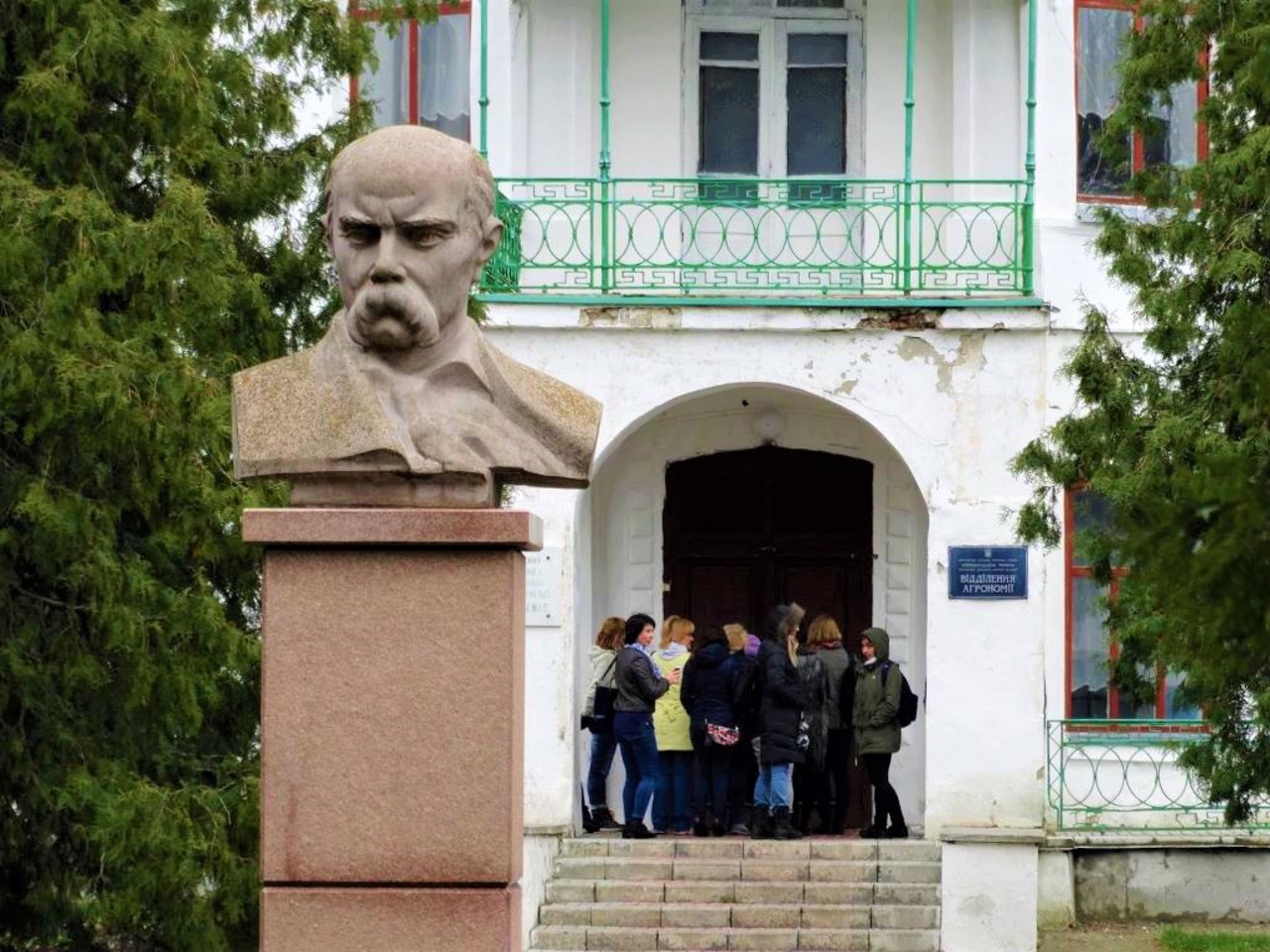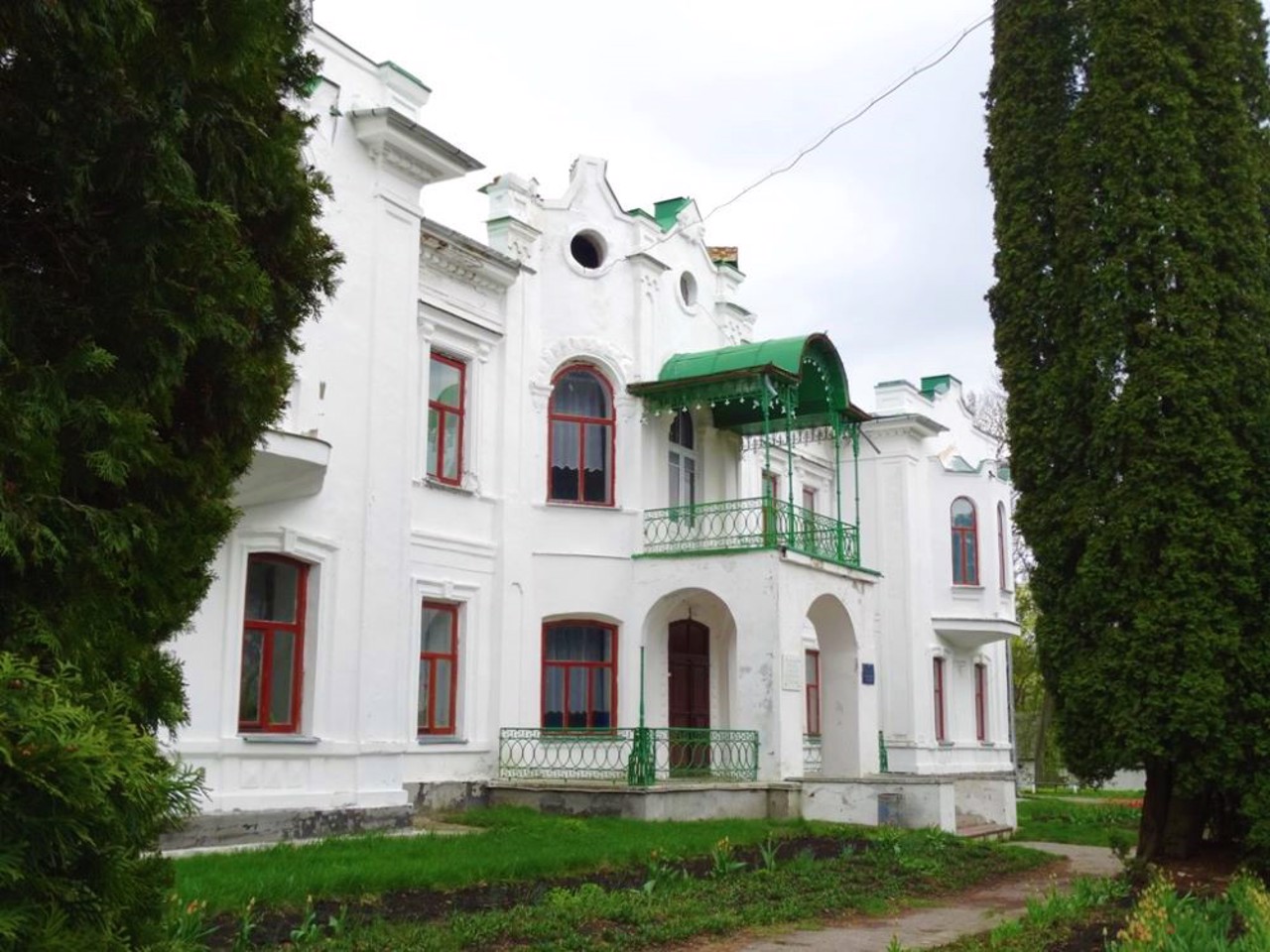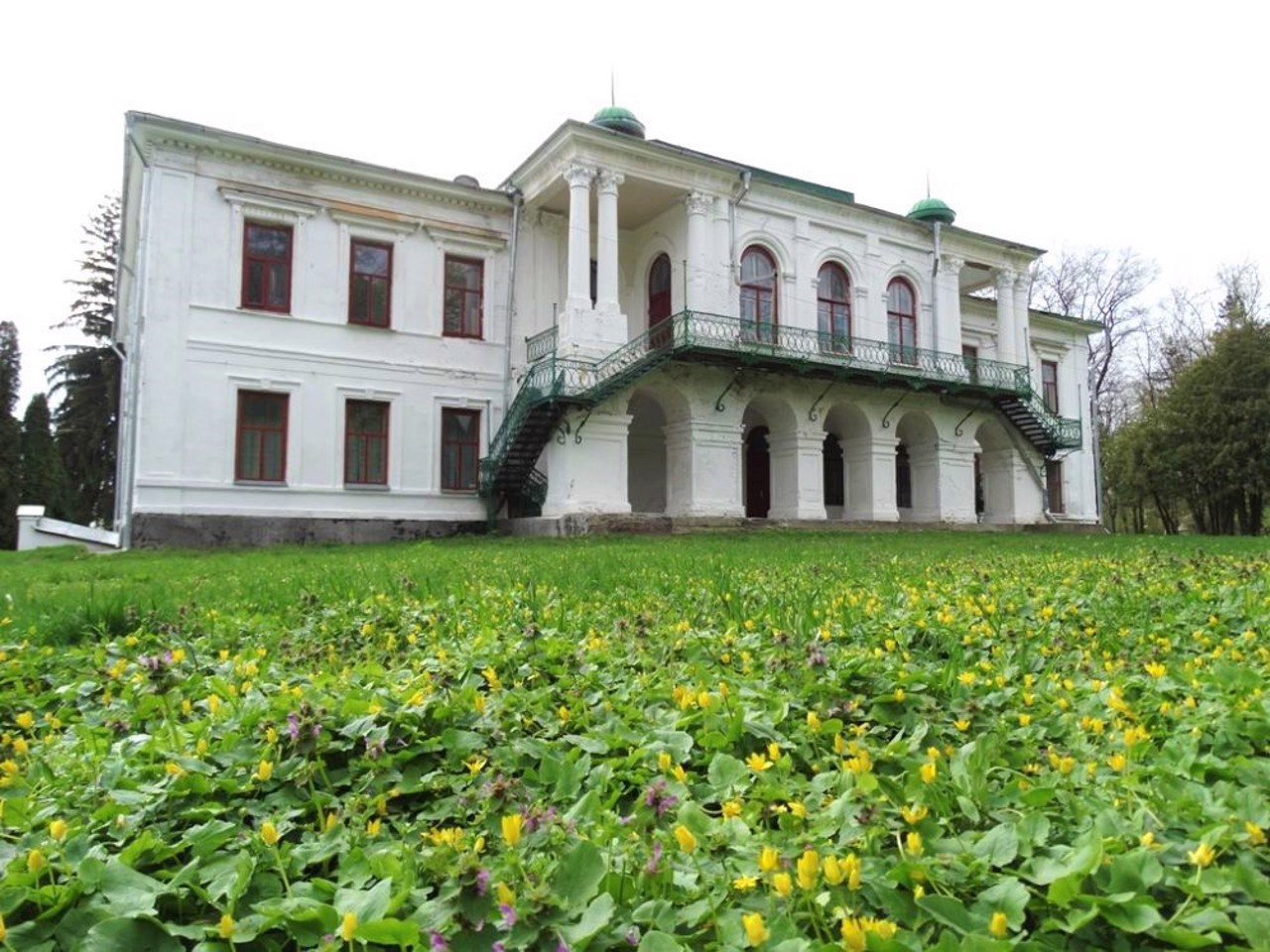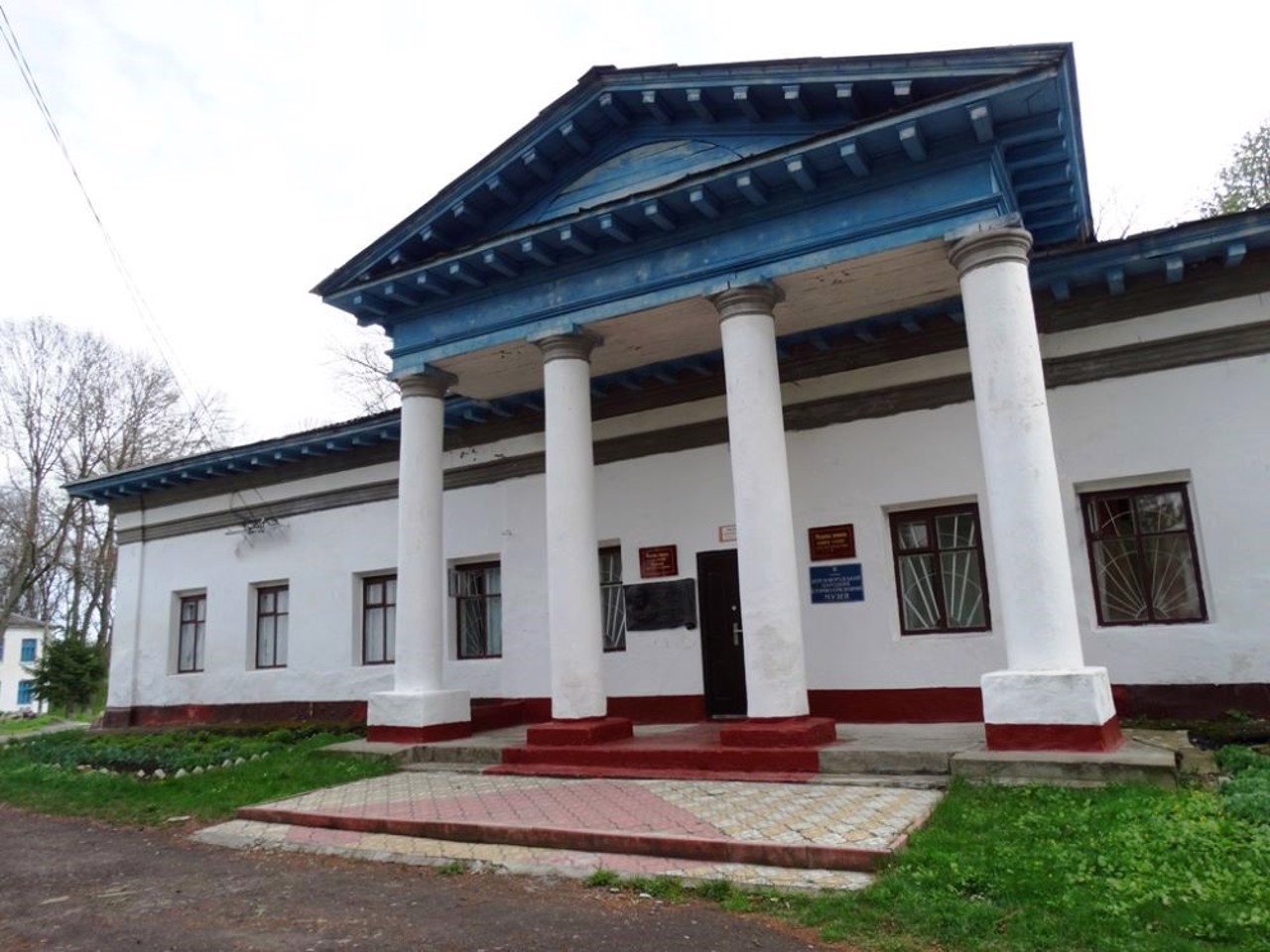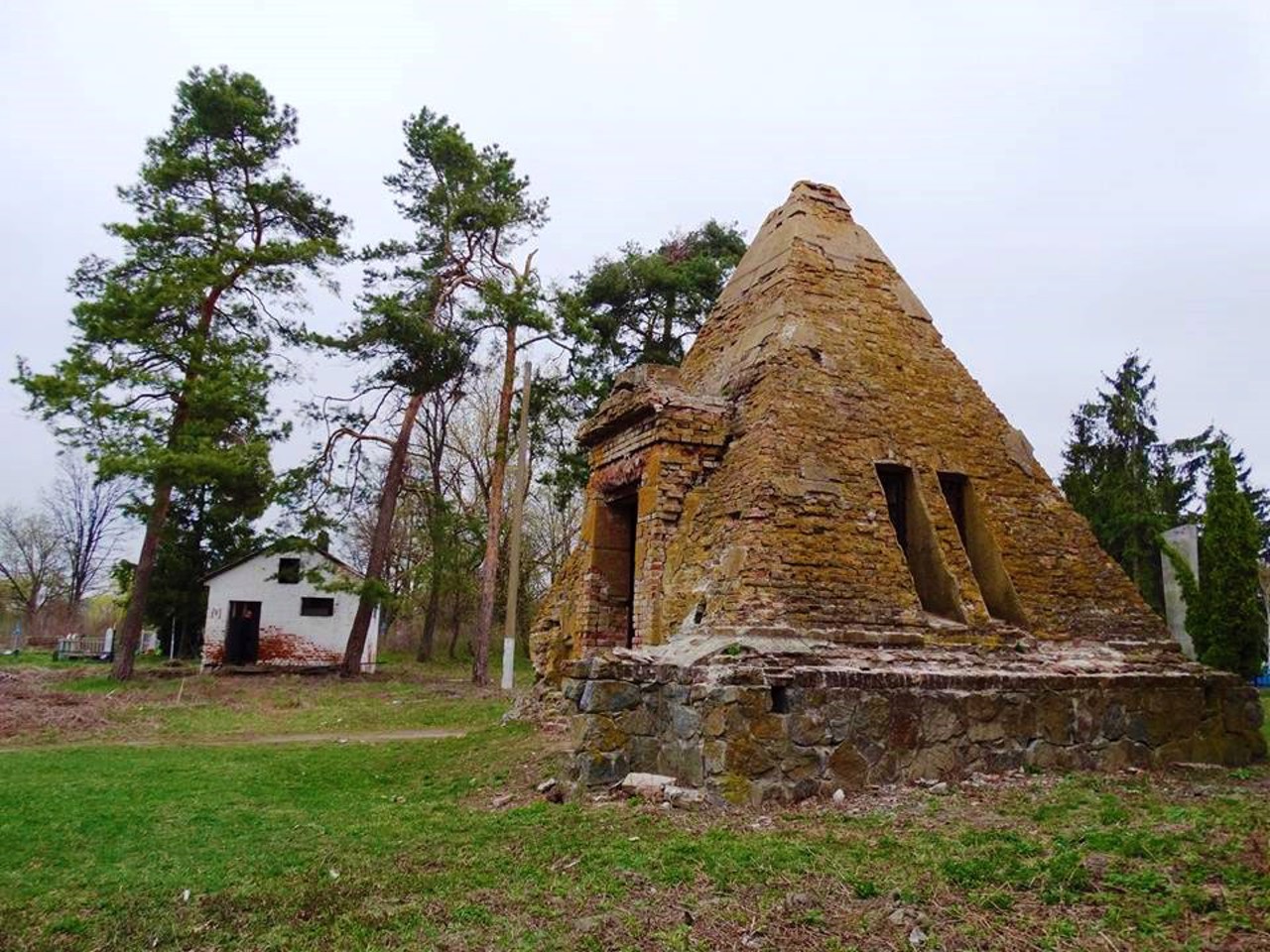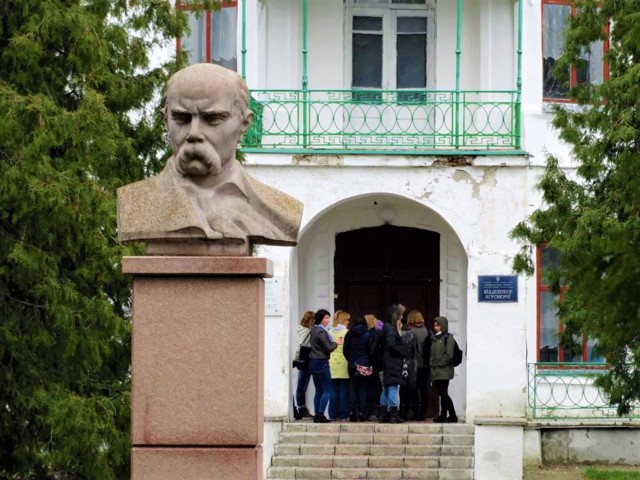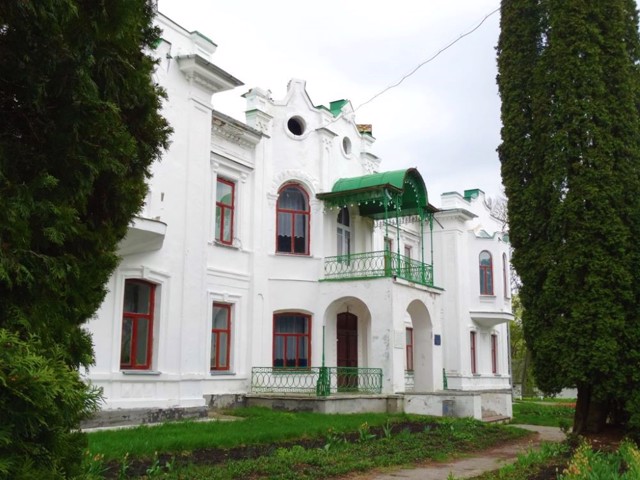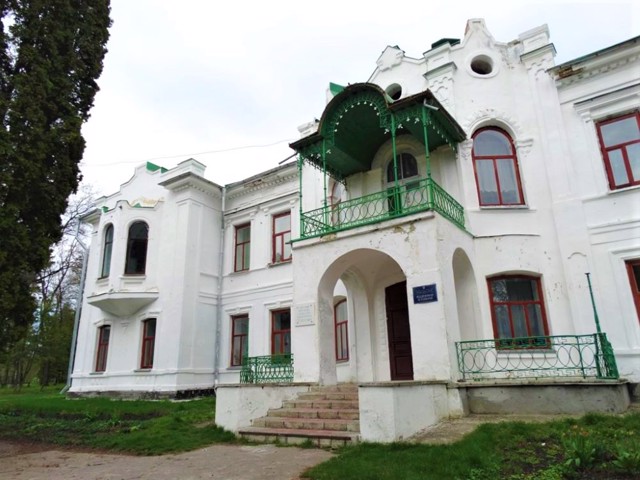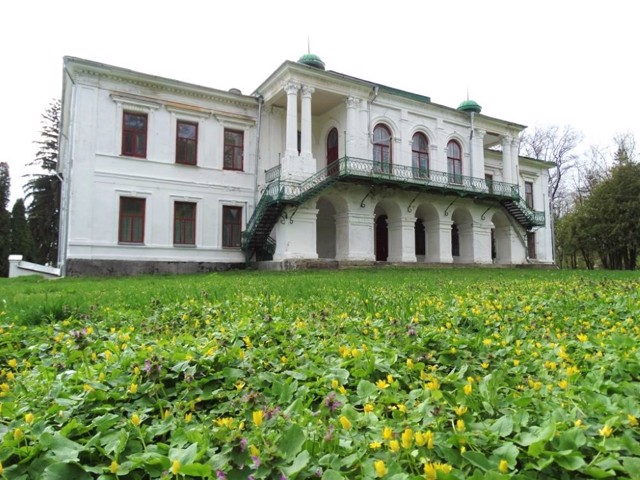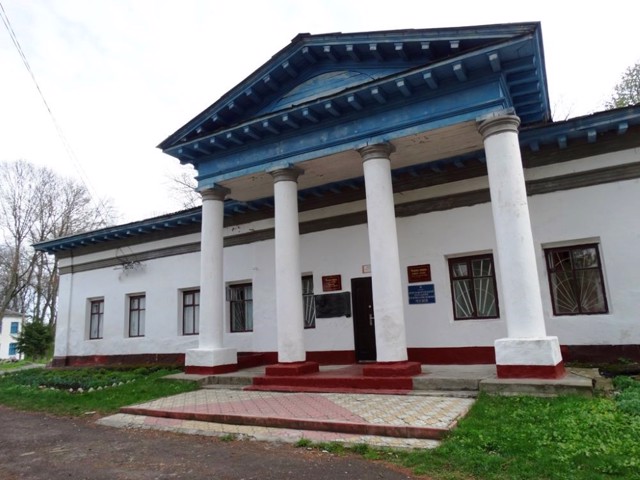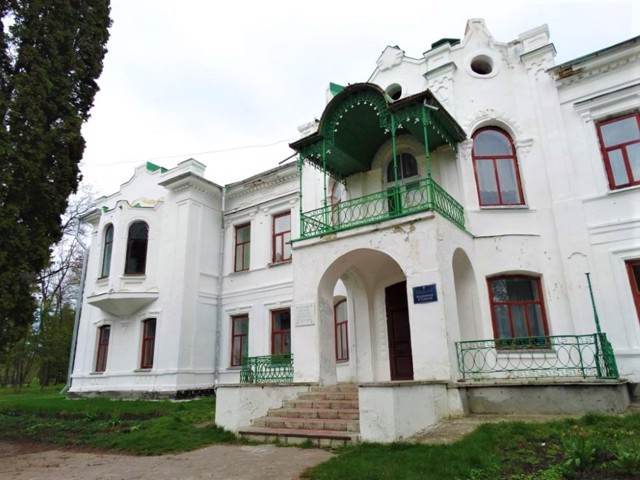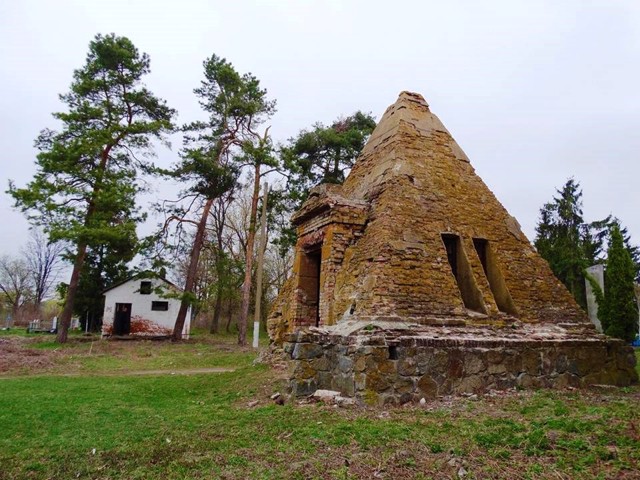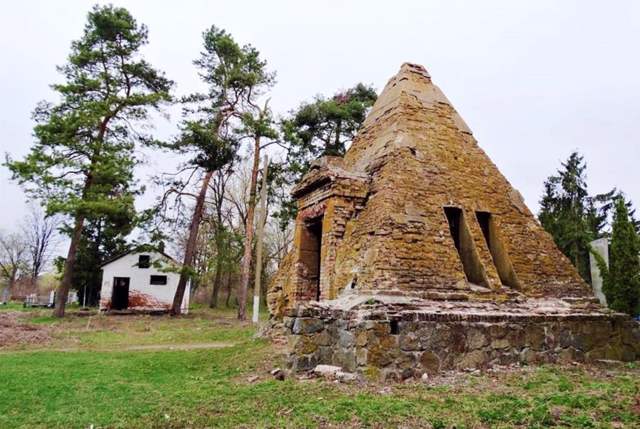Functional temporarily unavailable
Berezova Rudka
Travel guide online Berezova Rudka
General information about Berezova Rudka
The village of Berezova Rudka on the Perevod River is located next to the Kyiv-Poltava highway, on the border of the Kyiv and Poltava regions.
Founded in 1717 by Hetman Ivan Skoropadskyi. After the liquidation of the hetmanship, it became the property of the court councilor Hryhoriy Zakrevskyi. At the turn of the 18th and 19th centuries, the Zakrevskis built a manor house with a park, where they later hosted Taras Shevchenko.
Now the palace belongs to the Agrarian University, restoration is planned.
The chapel-burial of the Zakrevskyi in the shape of an Egyptian pyramid is one of the three pyramid temples on the territory of Ukraine (the other two are the Komendantovka pyramid and the Sevastopol Church of Saint Nicholas).
Село Березова Рудка на річці Перевод розташоване поруч з трасою Київ-Полтава, на кордоні Київської та Полтавської областей.
Засноване в 1717 році гетьманом Іваном Скоропадським. Після ліквідації гетьманства перейшло у власність надвірного радника Григорія Закревського. На рубежі XVIII-XIX століть Закревські побудували садибу з парком, де приймали згодом Тараса Шевченка.
Зараз палац належить Аграрному університетові, планується реставрація.
Каплиця-усипальниця Закревських в формі єгипетської піраміди є одним з трьох храмів-пірамід на території України (два інших: Комендантовская піраміда і севастопольський храм Святого Миколая).
Сплануй своє перебування у Berezova Rudka
What to see and where to go in Berezova Rudka
Tourist attractions and museums of Berezova Rudka
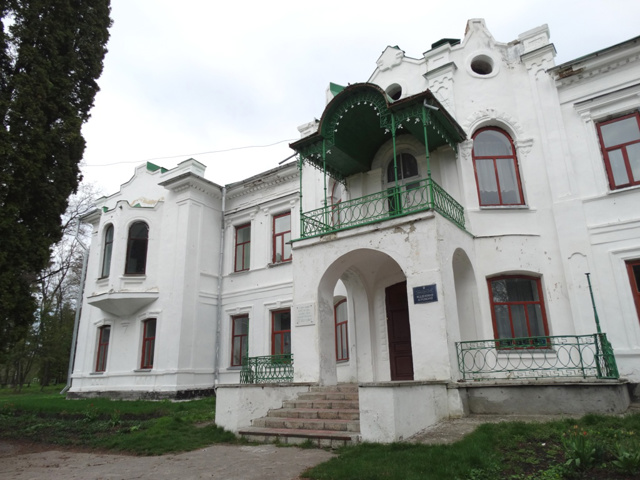
Zakrevsky Estate
Palace / manor , Architecture , Museum / gallery
The palace and park complex in Berezova Rudka was built in 1838 by landowner Platon Zakrevskyi, a historian and ethnographer.
The palace in neo-baroque style was built according to the project of the architect Yevhen Chervinsky on the site of a burnt wooden house of the 18th century.
The estate consists of an elegant two-story palace with a view terrace and two bay windows, two one-story outbuildings and a large park (45 hectares) with more than 40 species of trees and shrubs.
In the 1840s, the brothers Viktor and Platon Zakrevsky repeatedly hosted the poet and artist Taras Shevchenko. Here he began to write the poem "Caucasus" and also painted portraits of the Zakrevskys. It is believed that Shevchenko was secretly in love with Platon Zakrevskyi's wife Hanna, dedicating to her the poem "If we met again", which became a famous romance.
Since Soviet times, the Zakrevsky estate has housed an agricultural technical school. A monument to Taras Shevchenko has been installed in the central flower bed.
In one of the wings there is a historical and local history museum, which presents photos and documents of the Zakrevsky family, furniture, dishes, books and paintings.
Employees conduct tours of the palace, the park and to the pyramid-tomb of the Zakrevskys.
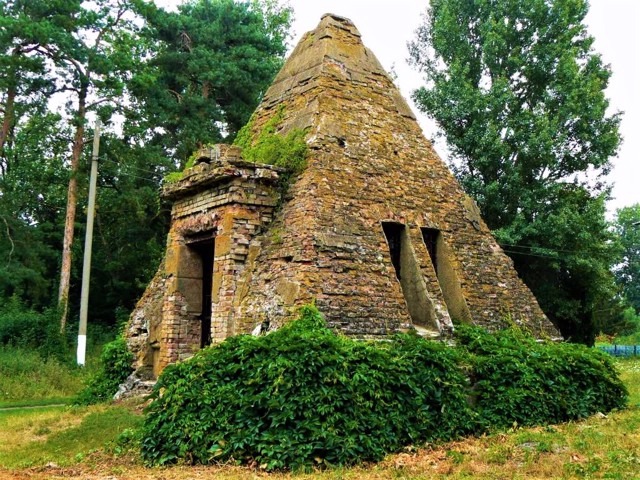
Zakrevsky Pyramid
Architecture
The ancestral tomb of the Zakrevsky family in the unusual shape of an Egyptian pyramid was built in Berezova Rudka at the end of the 19th century by the famous lawyer Hnat Zakrevsky, who was in the service of Emperor Oleksandr III, was a member of the Masonic lodge and admired Egyptian culture. According to one version, he was also Russia's ambassador to Egypt.
The chapel-mausoleum built by him over the grave of his ancestors most likely has a secret symbolic meaning. The funeral building combined the classical forms of the Egyptian pyramid and pagan paraphernalia with Orthodox symbols. Thus, the entrance to the chapel was "guarded" by a statue of the goddess Isis brought by Zakrevsky from Egypt, and an Orthodox cross was placed on the portico above the entrance. In the center of the hall was an Orthodox altar with a large stone cross.
Hnat Zakrevsky himself died in 1906 in Egypt, his embalmed body was brought to Berezova Rudka and buried in the mausoleum.
Pyramid in Berezova Rudka is one of the three pyramidal temples in Ukraine. During the Soviet rule, the chapel was desecrated and looted, now the building is in a bad condition.
Berezova Rudka in news and blogs
Reviews Berezova Rudka
Geographical information about Berezova Rudka
| {{itemKey}} | {{itemValue}} |
|---|---|
| Region |
Poltava |
